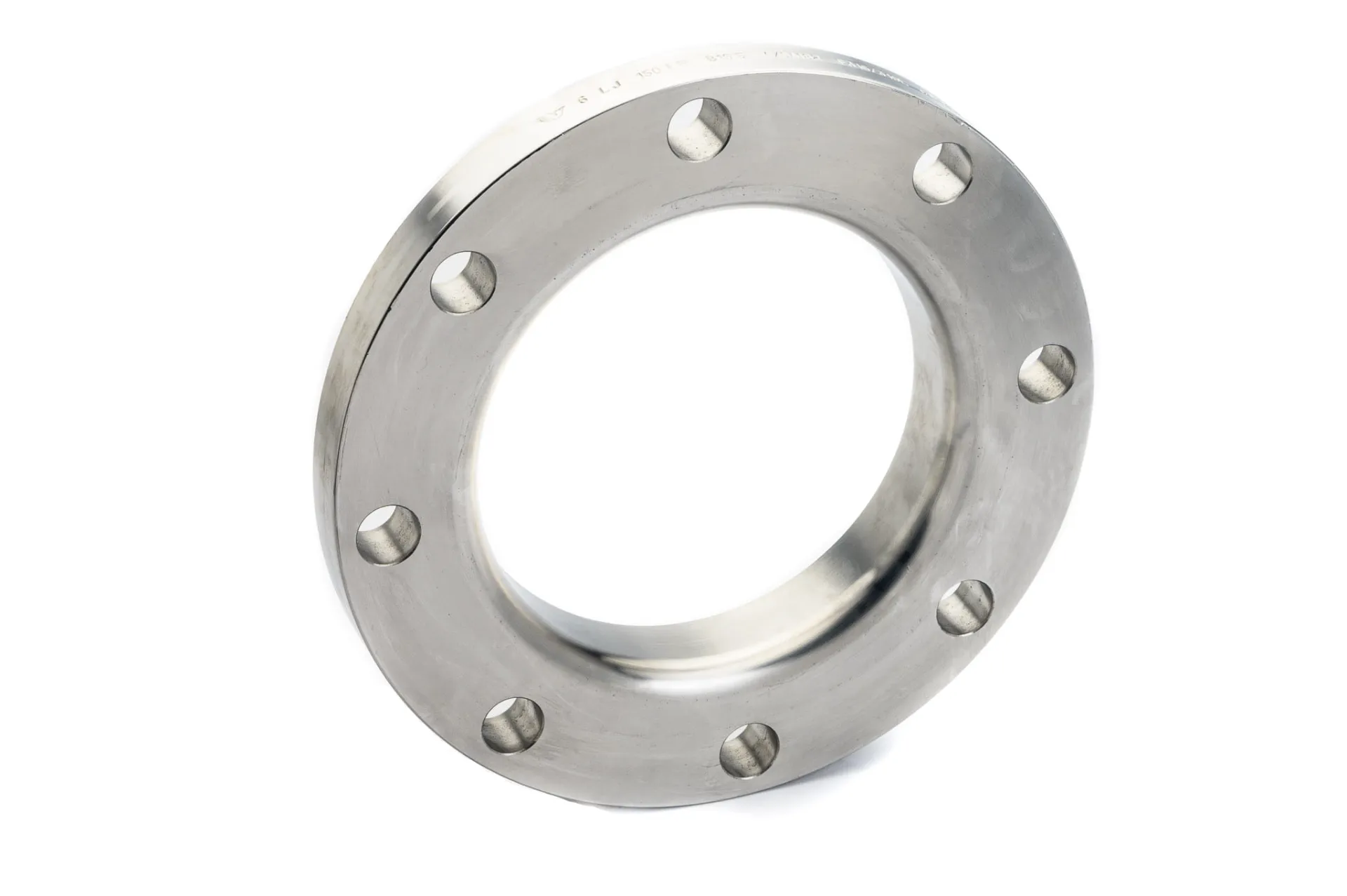-
Cangzhou Yulong Steel Co., Ltd.
-
Phone:
+86 13303177267 -
Email:
admin@ylsteelfittings.com
- English
- Arabic
- Italian
- Spanish
- Portuguese
- German
- kazakh
- Persian
- Greek
- French
- Russian
- Polish
- Thai
- Indonesian
- Vietnamese
- Zulu
- Korean
- Uzbek
- Hindi
- Serbian
- Malay
- Ukrainian
- Gujarati
- Haitian Creole
- hausa
- hawaiian
- Hebrew
- Miao
- Hungarian
- Icelandic
- igbo
- irish
- Japanese
- Javanese
- Kannada
- Khmer
- Rwandese
- Afrikaans
- Albanian
- Amharic
- Armenian
- Azerbaijani
- Basque
- Belarusian
- Bengali
- Bosnian
- Bulgarian
- Catalan
- Cebuano
- China
- China (Taiwan)
- Corsican
- Croatian
- Czech
- Danish
- Esperanto
- Estonian
- Finnish
- Frisian
- Galician
- Georgian
- Kurdish
- Kyrgyz
- Lao
- Latin
- Latvian
- Lithuanian
- Luxembourgish
- Macedonian
- Malgashi
- Malayalam
- Maltese
- Maori
- Marathi
- Mongolian
- Myanmar
- Nepali
- Norwegian
- Norwegian
- Occitan
- Pashto
- Dutch
- Punjabi
- Romanian
- Samoan
- Scottish Gaelic
- Sesotho
- Shona
- Sindhi
- Sinhala
- Slovak
- Slovenian
- Somali
- Sundanese
- Swahili
- Swedish
- Tagalog
- Tajik
- Tamil
- Tatar
- Telugu
- Turkish
- Turkmen
- Urdu
- Uighur
- Welsh
- Bantu
- Yiddish
- Yoruba

Aug . 06, 2024 09:11 Back to list
Exploring the Features and Applications of 35mm 90 Degree Elbow Pipe Fittings in Plumbing Systems
Understanding the 35mm 90-Degree Elbow An Essential Component in Piping Systems
In various industrial applications, the efficiency and effectiveness of fluid transport systems heavily rely on the quality of their components. One such critical component is the elbow fitting, particularly the 35mm 90-degree elbow. This small yet essential piece of equipment plays a significant role in redirecting the flow of liquids and gases across various piping networks, making it an indispensable part of modern infrastructure.
What is a 35mm 90-Degree Elbow?
A 35mm 90-degree elbow is a type of piping fitting that allows for a change in direction within a piping system. Specifically, it changes the flow direction by 90 degrees, enabling pipes to traverse around obstacles or alter their course in a confined space. The term 35mm refers to the nominal diameter of the pipe that the elbow is designed to fit, which is typically a measurement of the internal diameter. The elbow can be made from various materials, including PVC, steel, copper, or polypropylene, depending on the application and the medium being conveyed.
Applications of 35mm 90-Degree Elbows
The versatility of the 35mm 90-degree elbow makes it suitable for a wide range of applications across different industries. In plumbing systems, for instance, these elbows facilitate efficient water flow in residential and commercial buildings. In industrial settings, they are crucial for managing processes in manufacturing, oil and gas, chemical production, and HVAC systems. They are also commonly used in irrigation systems and wastewater management, where changing direction is often necessary to maintain the flow of fluids.
35mm 90 degree elbow

Importance of Proper Installation
Proper installation of a 35mm 90-degree elbow is essential to ensure the effectiveness and longevity of the piping system. If installed incorrectly, these elbows can create pressure drops or turbulence within the pipes, leading to inefficiencies or even system failure. It is vital to align the pipes accurately and secure the elbows properly to prevent leaks. For plastic materials like PVC, using the correct solvent cement is crucial for a watertight seal. In contrast, metal elbows may require welding or threading, depending on the specific application and environmental conditions.
Considerations When Choosing a 35mm 90-Degree Elbow
When selecting a 35mm 90-degree elbow for a specific application, there are a few factors to consider. First, the compatibility of the material with the fluid being transported is critical. For instance, corrosive substances may require stainless steel or specialized plastic fittings. Additionally, the working pressure and temperature ratings of the elbow should match or exceed the specifications of the piping system. Moreover, the bend radius of the elbow can influence the flow characteristics, as sharper bends can impede fluid dynamics and lead to increased wear over time.
Conclusion
The 35mm 90-degree elbow is a fundamental yet often overlooked component in piping systems. Its ability to redirect flow effectively allows for the design of efficient fluid transport networks across various industries. When choosing and installing these elbows, careful consideration of material compatibility, installation techniques, and system requirements will ensure optimal performance and durability. Understanding the significance of these components ultimately contributes to the overall efficiency and reliability of fluid systems, highlighting the importance of every element in industrial infrastructure.
Latest news
-
ANSI 150P SS304 SO FLANGE
NewsFeb.14,2025
-
ASTM A333GR6 STEEL PIPE
NewsJan.20,2025
-
ANSI B16.5 WELDING NECK FLANGE
NewsJan.15,2026
-
ANSI B16.5 SLIP-ON FLANGE
NewsApr.19,2024
-
SABS 1123 FLANGE
NewsJan.15,2025
-
DIN86044 PLATE FLANGE
NewsApr.19,2024
-
DIN2527 BLIND FLANGE
NewsApr.12,2024
-
JIS B2311 Butt-Welding Fittings LR/SR 45°/90° /180°Seamless/Weld
NewsApr.23,2024











